In a mash up of Parsi and Maharashtrian festive prep because Gudi Padwa and Navroze fall back to back, seven foodies share their fondest festive dish and memories
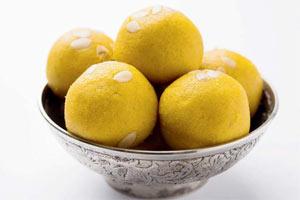
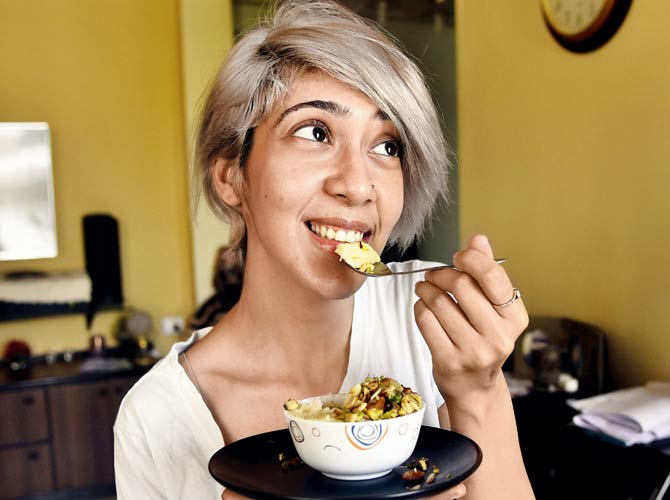
Feruzan Bilimoria
Bartender, London Taxi
Apart from looking forward to all the moolah she received from relatives, Feruzan Bilimoria waited for Navroze to get her fill of her favourite dishes. "I have an obsession with ghee, and so our food is mostly like Gujarati food - sweet and oily - but non-vegetarian." Her top picks are lagan nu custard, which is caramel custard with a lot of sugar and walnuts. But, she also loves the ravo sev, a Parsi kheer made using rava and vermicelli.
ADVERTISEMENT
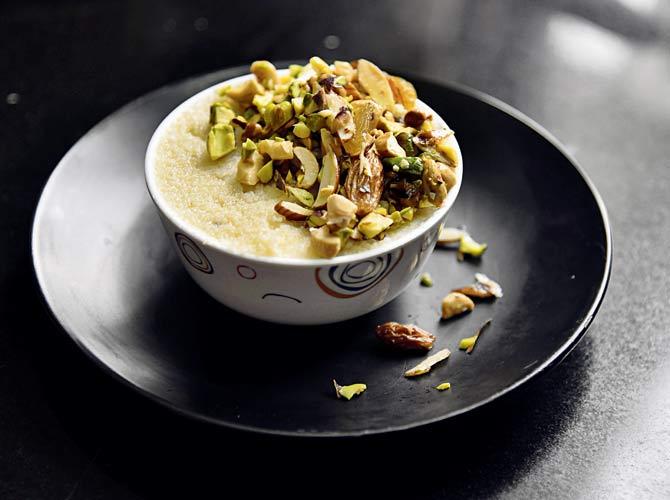
"I learnt how to make it online, and then my mother corrected it. In the version I learned, they add less milk and so it's healthy. My mom was like, 'What are you doing, add more cream'." But, the bartender says Navroze is also a time to enjoy a hearty drink with family. For the past few years, she has concocted her own Parsi version of the classic cocktail, whiskey flip.
"The flip is a mix of egg, sugar, cream and whiskey. What I have done is that I have added all these spices like nutmeg, cinnamon, jaiphal and a little bit of rose water, so that it doesn't become too spicy. For us, a family that drinks together, stays together."

Vishnu Manohar
Chef and restaurateur
At chef Vishnu Manohar's Ghodbunder Road restaurant, Vishnuji Ki Rasoi, the mention of sambar wadi on the menu often elicits a quizzical expression. Most confuse it with the South Indian lentil-based vegetable stew. "It's only if you are familiar with Nagpur cuisine that you'll know what this is," says Manohar, who originally hails from Vidarbha and used to host a Marathi TV show Mejwani Pripurna Kitchen.
Sambar wadi or the Maharashtrian spring roll stuffed with cilantro is a popular Gudi Padwa dish prepared alongside tondli masala bhaat (flavoured rice with ivy gourd), shrikhand (a sweet dish made of strained yogurt) and koshimbir (Maharashtrian raita with cucumber and roasted peanuts). "In Nagpur, cilantro or coriander is referred to as sambar. That's how the name originated," he says. Traditionally, sambar wadis would be prepared after Dussehra, when markets would be flooded with the herb.
However, its availability through the year prompted Manohar to introduce it on the menu a couple of years ago. "In Mumbai, you'll find bhakar wadi and kothimbir wadi, but not this. It's time-consuming to prepare," he says. He compares sambar wadi to kachori. But, it's the stuffing that sets it apart. "The blend of coriander leaves, coconut, cashew, garam masala and raisins gives it a 'khatta-meetha' taste that Mumbaikars love."
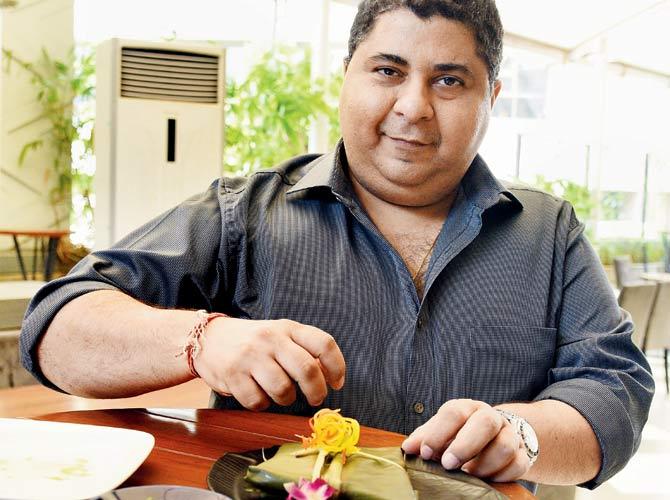
Farrokh Khambata
Chef and restaurateur
Farrokh Khambata's earliest memory of savouring the patra ni macchi, a classic Parsi preparation, was at the hands of a Goan chef, who worked at their Gowalia Tank home during childhood. "They were called mestas. They were Goan Catholic cooks, who were employed in Parsi homes and would live with the family for long periods of time," he recalls.
While the tradition of mestas is long-extinct, Khambata's memory of the delicious steamed fish coated in coconut chutney and wrapped in banana leaves, is intact. In fact, he put his mesta's recipe of the patra ni macchi to test, when he launched his catering business back in 1997.
Since then, it's been one of the most sought-after dishes. "It's a simple and aromatic dish that's popular at wedding and festive occasions. What's important in the preparation is the quality of the fish," he says. Khambata uses the silver pomfret from Gujarat, the most preferred among premium fish, over black or Chinese pomfret because "it's delicate in taste and has a certain freshness".
The masala made with desiccated coconut, coriander, green chillies, caster sugar and lemon, is a balance of sweet, sour and spicy flavours. "In the past, the masalas would be ground on a stone. The more you ground the masala, the tastier it would be,' he says. Over the years, the recipe has remained standard, except now, people want to fillet the fish to avoid the bones, he adds. And, if you want to sample the best patra ni machhi, Khambata says you should visit a Parsi home. "Or, gatecrash a bawa wedding," he laughs.
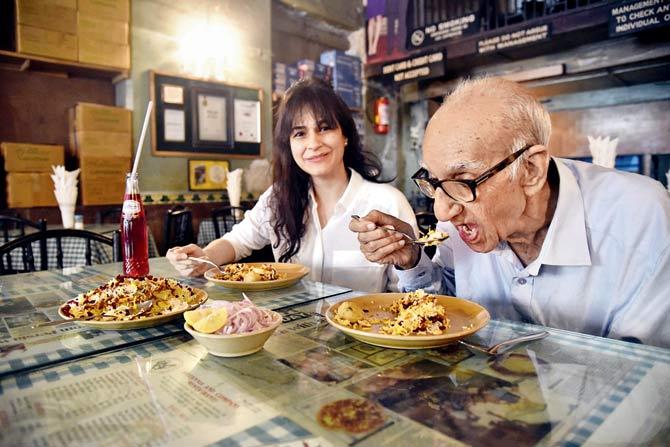
Simin Patel
City expert and blogger at Bombaywala
A couple of years ago, while researching the social history of Parsis in the country, Simin Patel a DPhil candidate at Balliol College, University of Oxford, sampled the berry pulao at Britannia, the Irani café at Ballard Estate. Since then, it's been her go-to dish. "Irani owner Boman Kohinoor's late wife, Bachan, a Parsi, introduced the famous Iranian berry rice pulav to the city.
To this day, the barberries in Britannia's signature dish is imported from Iran," she says. Like the pulav made in Iran, this one is dry, aromatic and lightly flavoured. While both Irani and Parsis are Zoroastrians, there are subtle cultural differences, notes Patel. "The two reached India at different points of time. Parsis arrived in India between the 8th to 10th century. The Iranis, on the other hand, came to India in the last 200 years," she explains.
Despite Navroze being a predominantly Iranian festival, the Parsis celebrate it, too. Except, it's without the paraphernalia that one would see in Iranian households on Navroze. Here, she says, the preparation includes laying of a table with sofreh (cloth) with seven items, including mirror, candles, coloured eggs, fruits, nuts and sweets that start with the sound of the letter 'S' in Persian. Growing up, Patel has fond memories of spending Navroze with an Irani aunt, who had moved to Mumbai from Iran after marrying a Parsi.
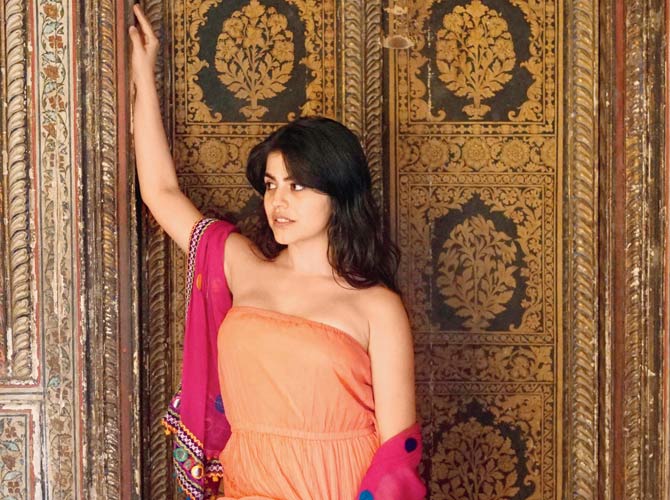
Shenaz Treasury
Actor and blogger
PARSI New Year for me is a day with family and food. It always starts with us waking up and going to my parents' home, and eating akoori. It's like bhurji, but tastier," says Shenaz Treasury. The family then goes to the fire temple, which is followed by a family lunch comprising dhaansak, salli boti, patra ni macchi. "My favourite sweet on Parsi New Year is sutarfeni.
Also read - Mumbai Food: mid-day's top five foodie picks for Navroze

It's these white, sugary strings that look like granny's hair. What's funny is that I used to sit with my granny and eat it," she remembers. In the evening, the family goes to watch a play. As a kid, Treasurywala recalls seeing cheesy Parsi plays with her parents. "Thankfully, there are better plays today," she says. Unfortunately, this year, Treasurywala will not be celebrating Navroze with family, as she will be in Delhi, hosting an event. "I am going to miss them."
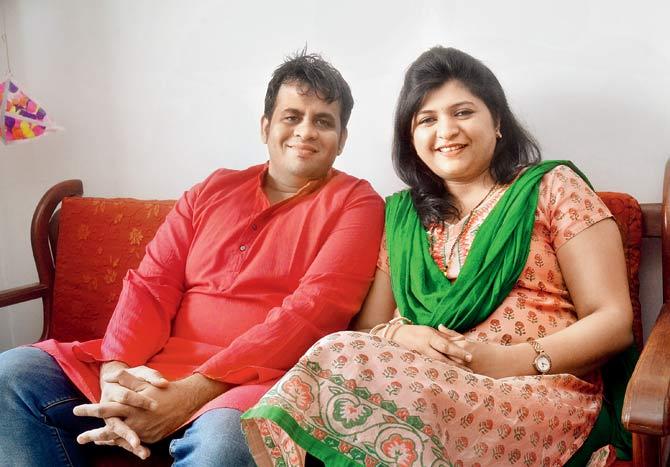
Mandar Bhide
Stand-up comic
CITY-based comic Mandar Bhide has bitter-sweet memories of Gudi Padwa. "It would invariably coincide with final exams. During the first half of the day, I'd be frolicking around, and in the second half, the realisation would dawn that I have a paper tomorrow," he laughs. Back then, the festival meant more of a family get-together for Bhide with relatives dropping by for lunch. "My mother and aunts loved feeding guests. It was never done out of compulsion," he says. One of the dishes that he truly enjoyed was puran poli.

"The best part about puran polis is that it can be eaten hot or cold. I eat it hot because then the ghee melts on the roti," he says. Puran polis are made differently in various parts of Maharashtra. In Bhide's hometown Ratnagiri, they are sweeter with a thicker stuffing than the ones made in Jalgaon. "Because of the abundance of coconuts in coastal areas, they could afford to stuff it well."

Prajakta Koli
YouTuber
The YouTuber, who recently crossed one million followers to become India's biggest and youngest comedy creator, is a fan of besan laddoos. "Holi has just gone by, so this is basically a time of eating all these sweets! It's also the time you randomly get money from your family, and that's always a good thing," she laughs.
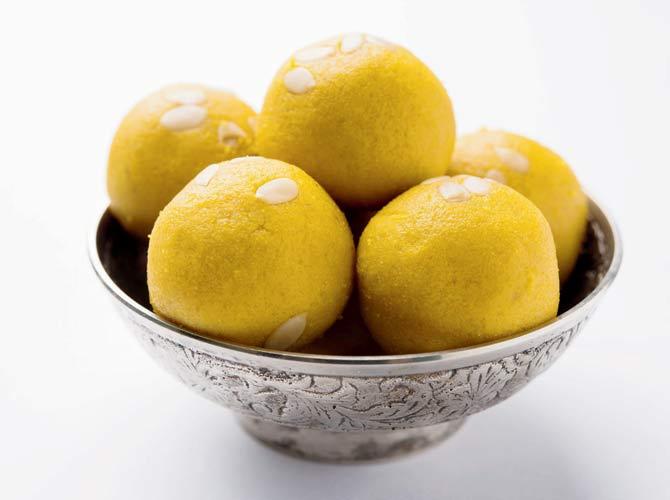
But the 25-year-old, who belongs to the Koli community, also says that Gudi Padwa is a time when the fish-eating family switches to being vegetarian. "So there is aloo sabji, roti, dal, chawal... and no fish! It's also a day where we spend time with family. Lunch is at home, and dinner is out at someone's house. It's all about food and love."
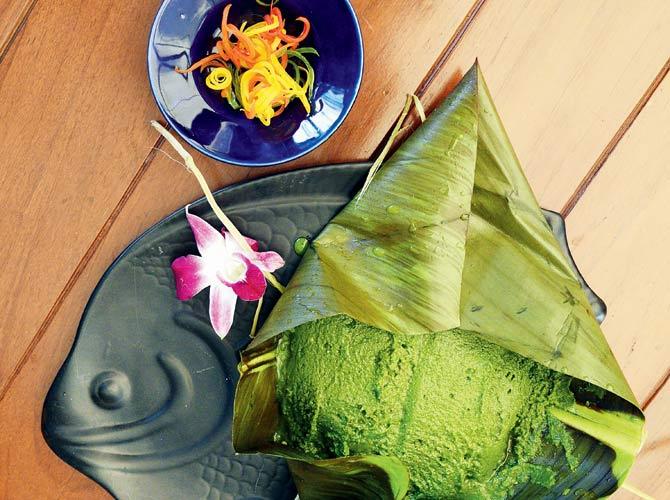
Patra ni macchi
Ingredients
1 whole pomfret
5 gm turmeric
5 gm salt
2 banana leaves
For the chutney:
100 gm coriander
30 gm mint
25 gm desiccated coconut
15 gm whole garlic
7 gm green chilli
3 gm sugar
Salt to taste
Method
Remove the centre bone of the pomfret keeping the head, tail and fillets intact. Make two to three gashes on the skin, and apply salt and turmeric on it and inside. Mix all the chutney ingredients in a blender, adding water only if required. To wrap the fish, spread some chutney on the banana leaf, and place the fish over the chutney; add more chutney in between the fillets and on top of the fish. Spread evenly and cover completely with banana leaf. Wrap the fish in banana leaf, tie it with a thread and steam the fish for around 15 to 20 minutes. Serve hot with a lime wedge.
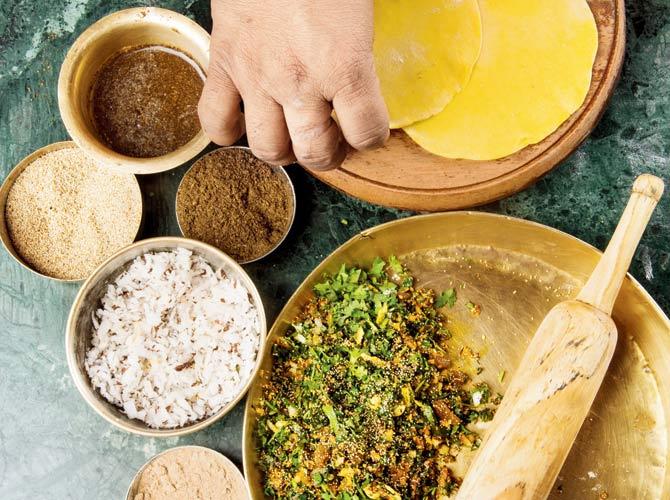
Sambar wadis
Ingredients
For outer covering of sambar wadi:
100 gm bengal split gram powder (besan)
2 tbsp all purpose flour
1 tbsp cornstarch
1/4 tsp turmeric powder
Salt to taste
For paste:
1 tbsp garam masala
1/2 tbsp amchur powder
Water

For stuffing:
1 tbsp ginger garlic paste
1/4 tsp turmeric powder
1 tbsp chilli powder
1 tbsp cummin powder
Sugar and salt to taste
1 tbsp dry roasted poppy seeds
4 tbsp crushed roasted peanut powder
50 gm dry roasted coconut grated
500 gm finely chopped coriander
2 tbsp raisins Oil
Method
For sambar wadi: Mix all ingredients and make a tight dough. Make small round balls and keep aside. Make a paste using garam masala, amchur powder and water, and keep aside.
For stuffing
Heat oil in a pan, fry ginger-garlic paste, and later, add all the other ingredients. Remove from the flame, mix it properly and keep aside. Roll one ball of dough apply garam masala paste from side to top and add the stuffing in the centre. Fold it like a frankie or spring roll and deep fry it in oil, till it gets crispy golden brown.
Also read: Gorge on some Gudi Padwa delights
Catch up on all the latest Mumbai news, crime news, current affairs, and also a complete guide on Mumbai from food to things to do and events across the city here. Also download the new mid-day Android and iOS apps to get latest updates
 Subscribe today by clicking the link and stay updated with the latest news!" Click here!
Subscribe today by clicking the link and stay updated with the latest news!" Click here!







